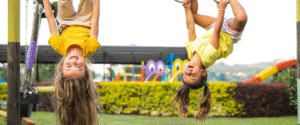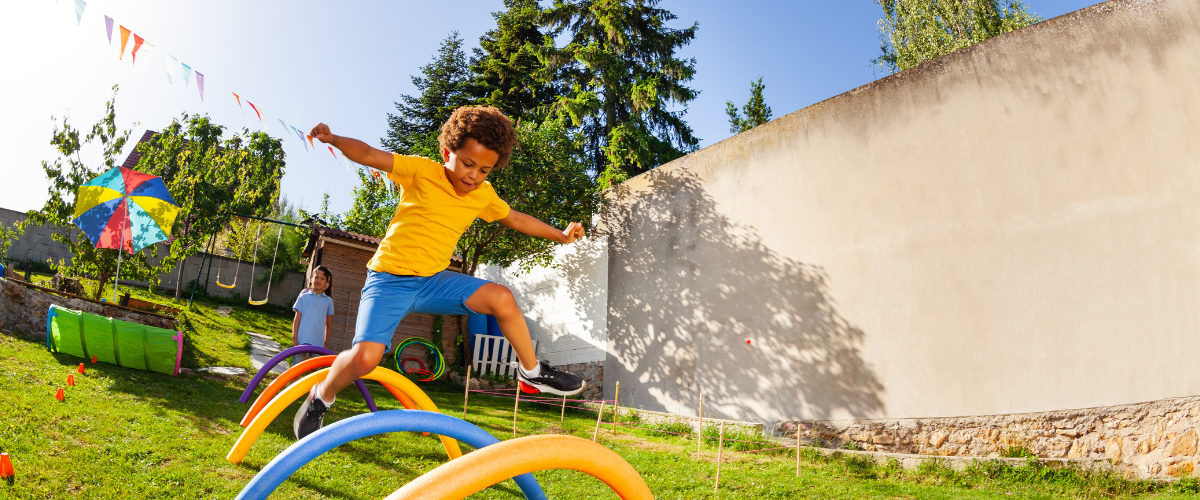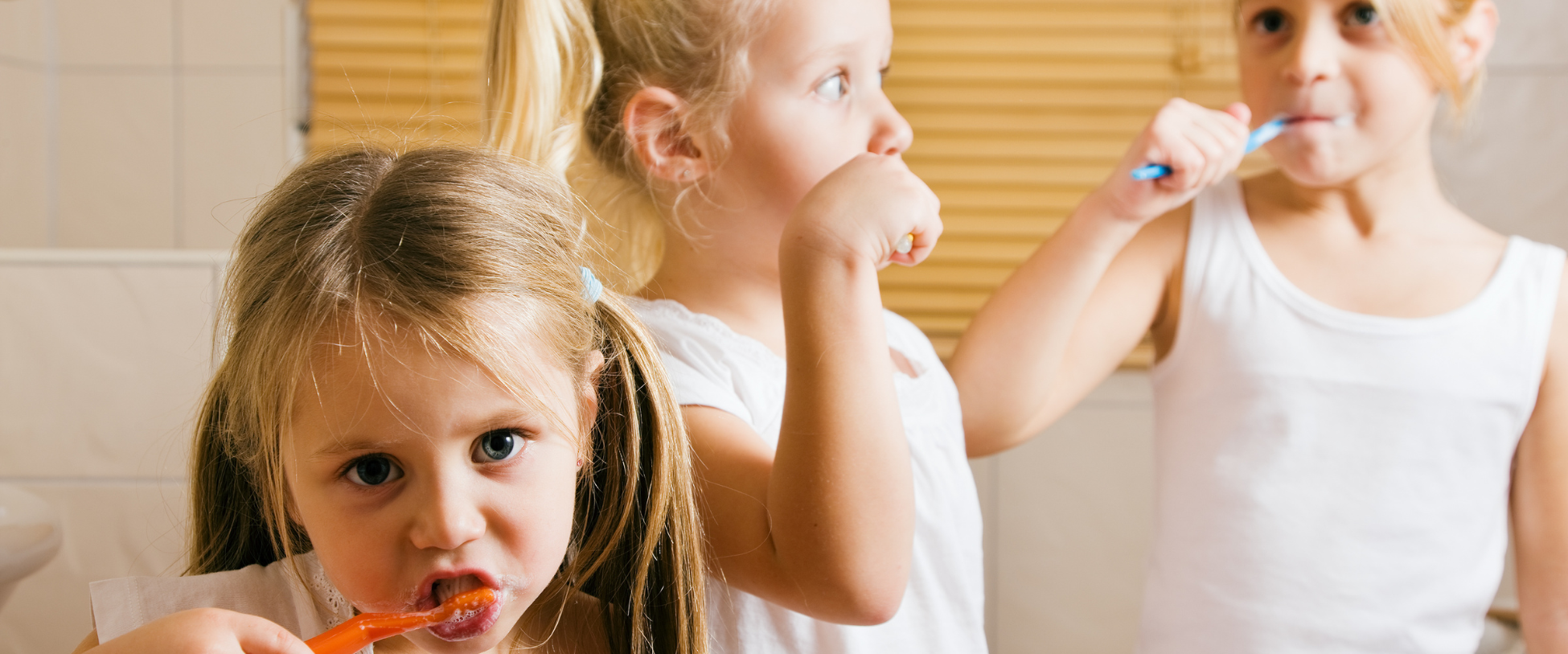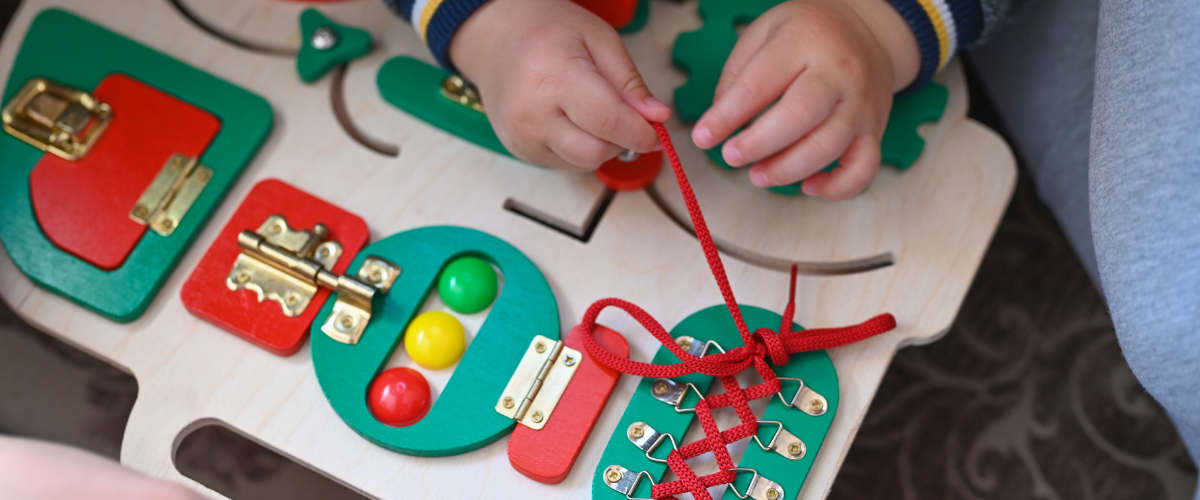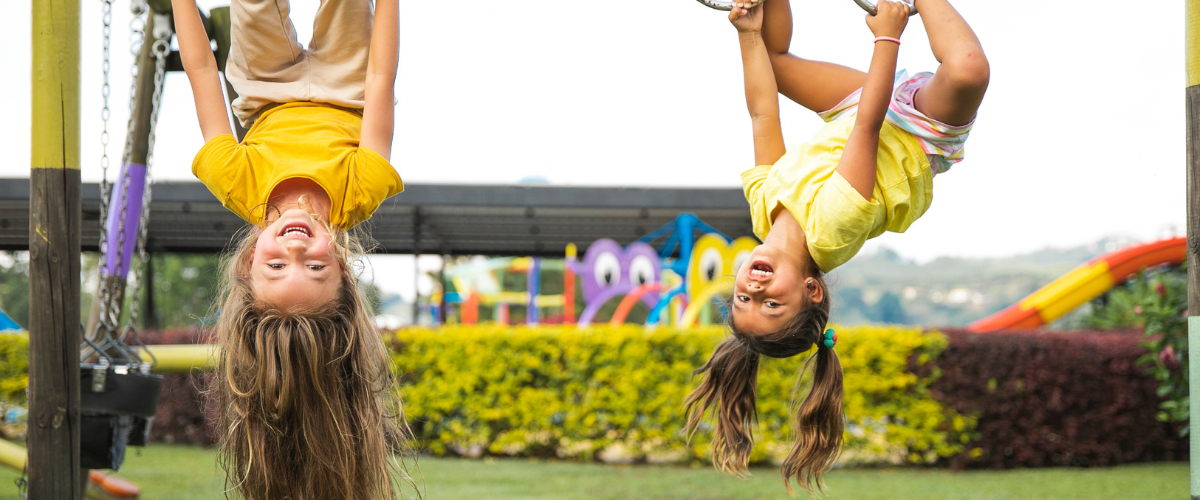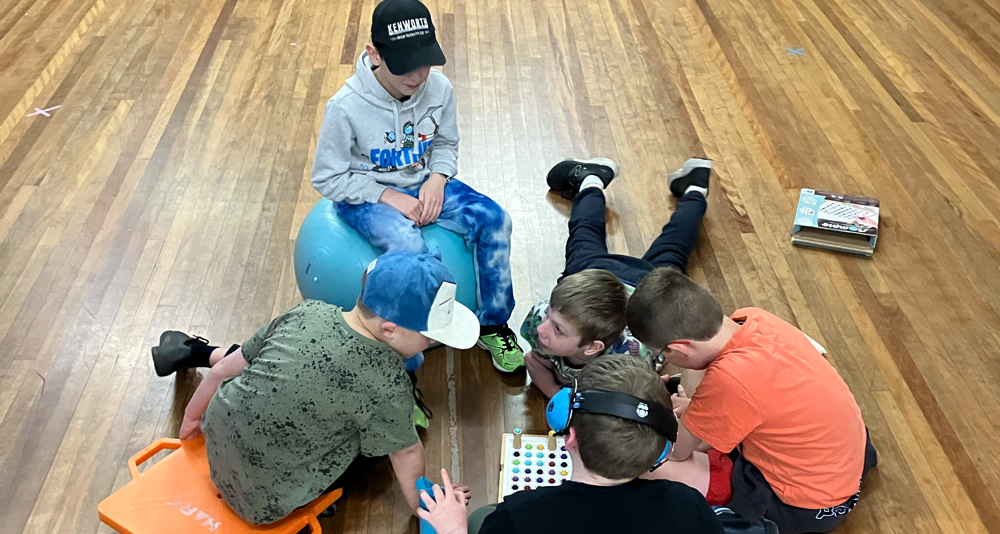
OCCUPATIONAL THERAPY IN ACTION & COMMUNITY FOR WELLBEING
Celebrating OT Week from 27 October to 2 November, 2025
World OT Day is 27 October 2025 marking the beginning of OT week – this year has certainly gone by quickly. We love celebrating OT in all that we do, how we help our clients and further continue to build and strengthen our local communities.
We are now ready to deep dive into term four and the last leg of the year and we are really excited to see the year out stronger and bigger than how you started! We use this time to sit and reflect with our clients together with their families on what we are working towards within therapy sessions. This helps to ground us in the what and why of our intervention and maintain the purposefulness and meaningfulness of each session. Some sessions may
require a pivot from what our initial goal was, if life has thrown something unexpected in our client’s direction – and that is ok! As OT’s, we are adaptable and resourceful to move and meet our clients where they need us to be.
Where are you up to in your OT goals?
Have you taken the time to reflect on what your goals or intentions were from the start of the year and where you are up to with them? Have you had to change course slightly or do a full 180º because of what life has thrown your way?
Has this year gone as expected? Have you exceeded your expectations?
You are not alone in this. Even within our team we have noticed our personal and professional goals shift and change as our circumstances have altered over the last 10 months. Some of us have hit massive goals quickly whilst others have tackled new and unexpected goals that showed themselves instead, taking longer with smaller, deliberate steps to achieve. Isn’t it crazy to think how quickly things can vary and how frequently we,
as human beings, are having to pivot or revise plans based on external or internal circumstances.
This only further intensifies and highlights the importance of creating community connections and support during these times to help keep us grounded and moving forward. We hope that how we have focused our year of OT in Action with the Community for Wellbeing has helped you as much as it has helped direct our intentions as a team this year too!
There have been many ways that Explore & Soar have been focusing on Occupational Therapy In Action this year.
Within our Explore & Soar Team Community:
- We have all been working on our own wellbeing through our Wellbeing Planners
- Company and Personal Resilience Plans: every three months, we have been personally and professionally working on reflecting and developing our own resilience, ensuring we hold each other accountable to achieve our goals.
- We have attended professional development courses to expand our knowledge across a broad range of areas that support our clients and families in their own wellbeing through our intervention supports.
Within Our Explore & Soar Outer Community:
- We have created our Monthly Parent & Caregiver Support Group to help build connections with other like minded parents within our local communities.
- Continued to provide small social group programs for ongoing social connections with our clients and families in a positive way in January and July school holidays. Keep a look out for our January 2026 Group Programs, registrations open soon!
- Parent information handouts and monthly blogs for ongoing education and access to OT knowledge that could help promote questions and better understanding of how we can support you and your family.
Quicklinks on other OT strategies and ideas in action:
Have a read of some of our other past blogs for other ideas on how to use some of the strategies and ideas of OT in your own daily life.
- Mindfulness for parents and carers
- Handwriting and creative writing
- Building resilience for your child and family
- The power of play
- Balanced bodies
As always, if anything peaks your interest or if you have any questions or concerns, please contact us today or speak with your treating clinician. We always love to help!
If you’d like to chat more, please don’t hesitate to contact us today! Call us on 0477 708 217 or email admin@exploreandsoar.com.au
Until next time,
Lori
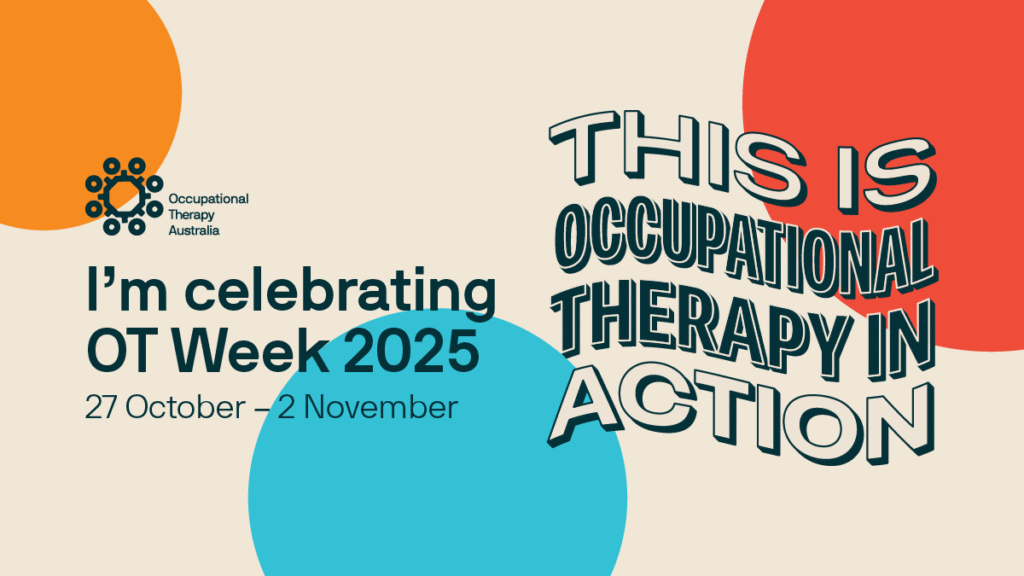
PUBLISHED OCTOBER 2025
Latest Posts
- Occupational Therapy in Action and Community for Wellbeing

- Balanced Bodies for Connected Communities
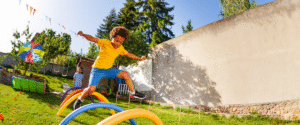
- How Self-Care Skills Foster You and Your Community Connections
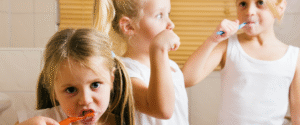
- Helping Hands Building Community Through Fine Motor Activities
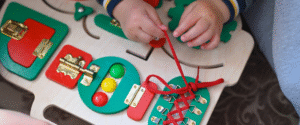
- Utilising Gross Motor Movement to Boost your Connection in your Community
